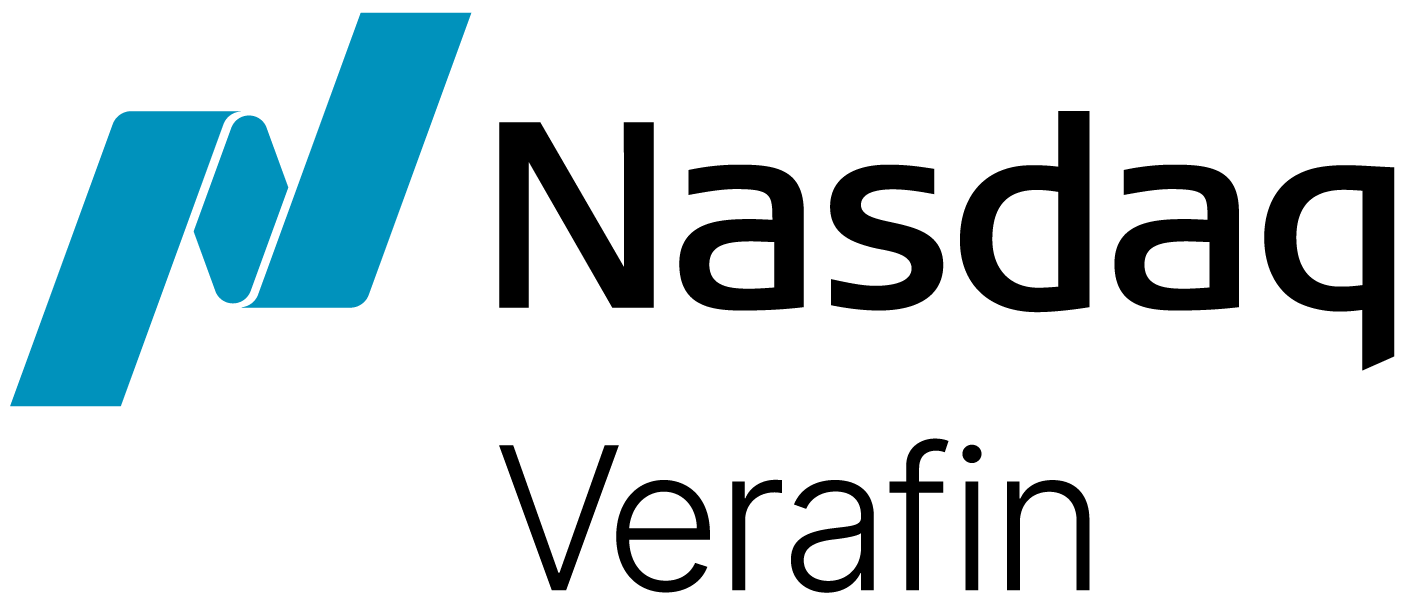“The Government of Canada is committed to maintaining a strong Anti-Money Laundering and Anti-Terrorist Financing framework that maintains the integrity of Canada’s financial system. These amendments will ensure that we remain effective and nimble in combatting financial crime and block any pathway for organized crime groups to use our financial system to finance their illegal, deadly drug trafficking operations.”
– The Honourable Dominic LeBlanc, Minister of Finance and Intergovernmental Affairs
Financial crime is a tremendous burden felt across the globe. As billions of dollars flow from fraud and heinous crimes such as drug trafficking, human trafficking, terrorist financing and more, Canada is certainly not immune to the devastating impacts.
After a period of consultation, the Department of Finance has announced their intent to bolster Canada’s AML/ATF regime with enhanced measures, including those enabling information sharing to improve investigations. As financial crime evolves across the country, these changes will compel financial institutions to change with it to protect Canadians.
Evolving Canada’s AML/ATF Regime
In step with global AML reform, Canada is implementing new amendments to strengthening its AML/ATF framework and protect the financial system and Canadians. These amendments will greatly improve efforts to combat money laundering and its link to transnational crime, complementing the Government of Canada’s Border Plan as well as the newly announced Canada-U.S. Joint Strike Force to fight organized crime and maintain the strength of the countries’ common border.
The new regulatory measures include:
- Enhancements to the Canada Border Services Agency’s authorities to reinforce its ability to detect, deter, and disrupt trade-based financial crime.
- A new framework that will allow private institutions to share information related to money laundering, terrorist financing and sanctions evasion. Private institutions have a role to play in making it more difficult for criminals to access the financial system and evade detection. This follows in the footsteps of other countries such as the United States where reforms have facilitated better coordination among financial institutions, enabling them to uncover financial crimes more effectively.
- A requirement to report discrepancies between information provided to private institutions and the federal beneficial ownership registry maintained by Corporations Canada to support the accuracy and integrity of the new registry.
- AML/ATF obligations for factoring companies, cheque cashing businesses, and financing and leasing companies to close a regulatory gap with financial services that criminals can exploit.
Additionally, on April 1, 2025, provincial and territorial offices began receiving Financial Intelligence disclosures from the Financial Transaction and Reports Analysis Centre of Canada (FINTRAC), to support efforts in seizing the assets of criminals.
Strengthening Canada Against Financial Crime
As financial crimes grow more sophisticated, and regulatory requirements continue to evolve, it becomes more challenging to stay on top of money laundering risks from criminal organizations engaging in illicit activities such as human trafficking, drug trafficking and terrorist financing.
These amendments strengthen Canada’s AML/ATF regime to more effectively and efficiently address threats of financial crime — which is more critical now than ever before.
For more insights on the Canadian financial crime landscape, watch our full 2024 Canadian Financial Crime Trends and Technology webinar.


